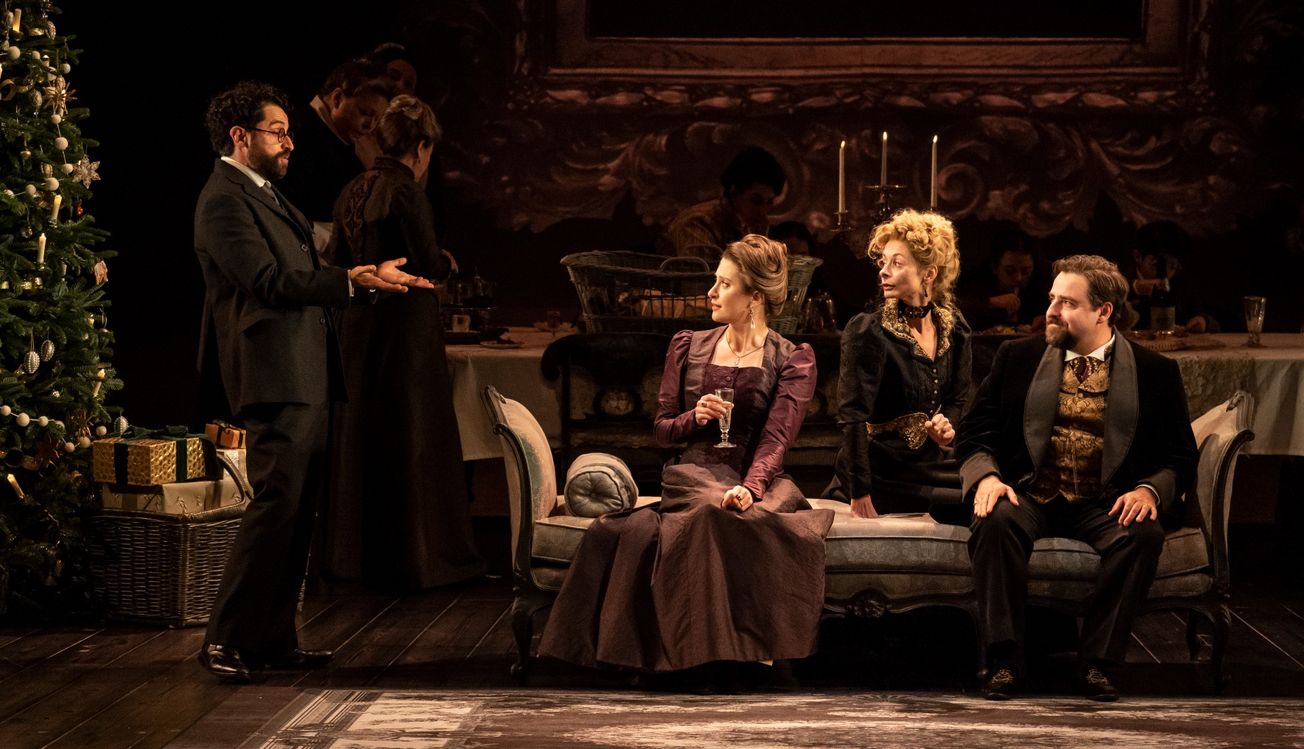At a certain point in “Leopoldstadt,” I stopped trying to figure out who everyone was. Tom Stoppard’s newest play begins in 1899 Vienna, during a Jewish family’s holiday celebration. There are 14 people present, and between the rapid-fire, overlapping dialogue, and the pitter patter of little feet (young actors), I was trying to discern who is married to whom, whose kids those are and what in the world everyone’s name is.
As the play jumps to 1924, the cast expands (the full company numbers 38 people, which is massive for a play). Every character has a name and is related to someone else (and under Patrick Marber’s precise direction, they’re always doing something interesting in the background). But then, when “Leopoldstadt” — which moves at a languid pace — reached its emotionally devastating coda in 1955, I realized that the point wasn’t to know every character. I won’t spoil what occurs in the powerful final scene, but it caused a feeling of loss so palpable that it was like all the oxygen had left the room.


























































